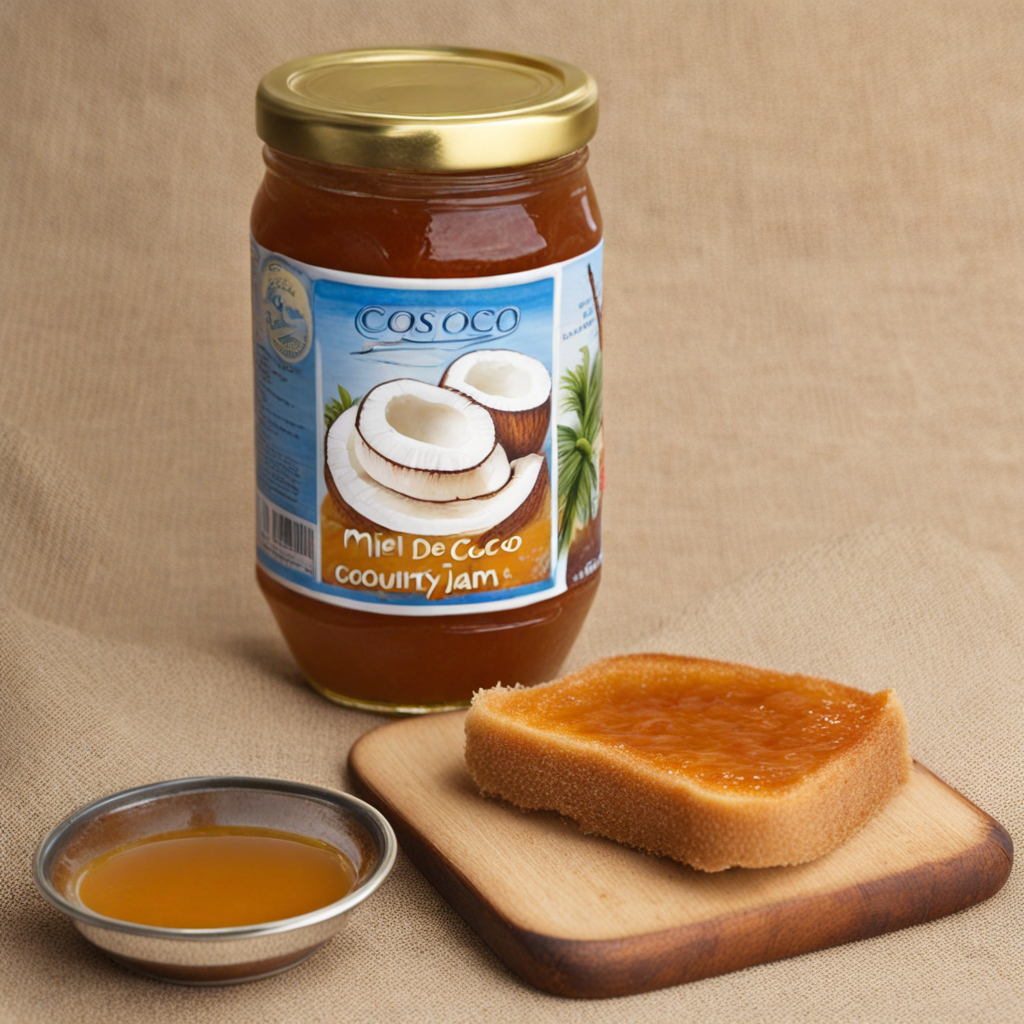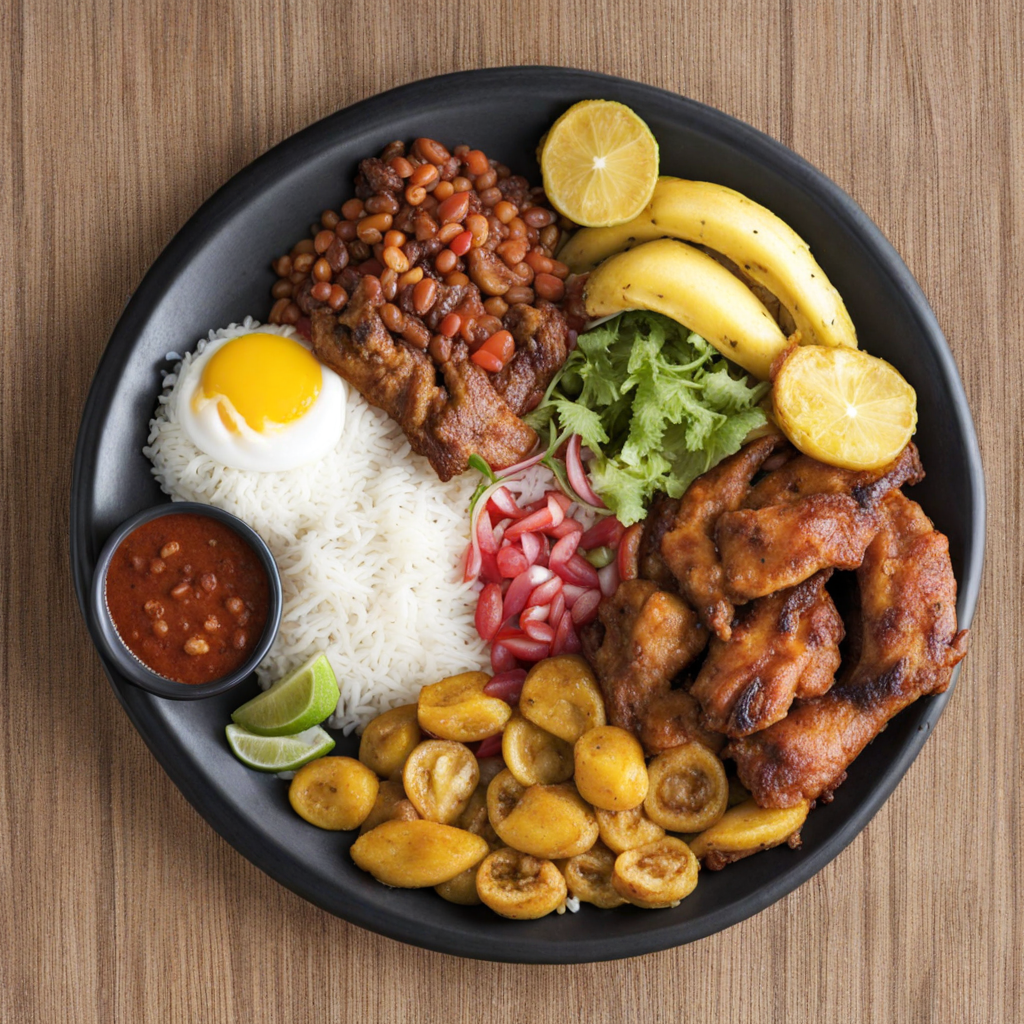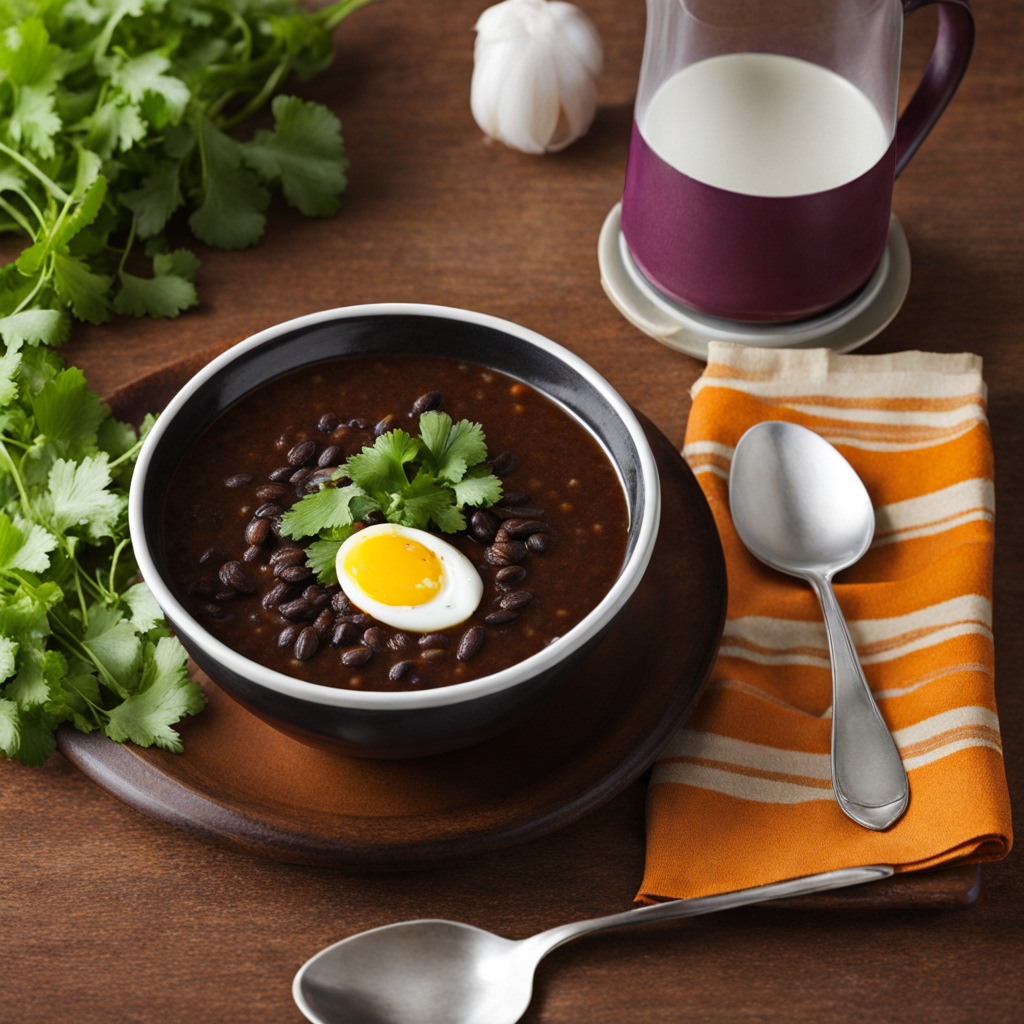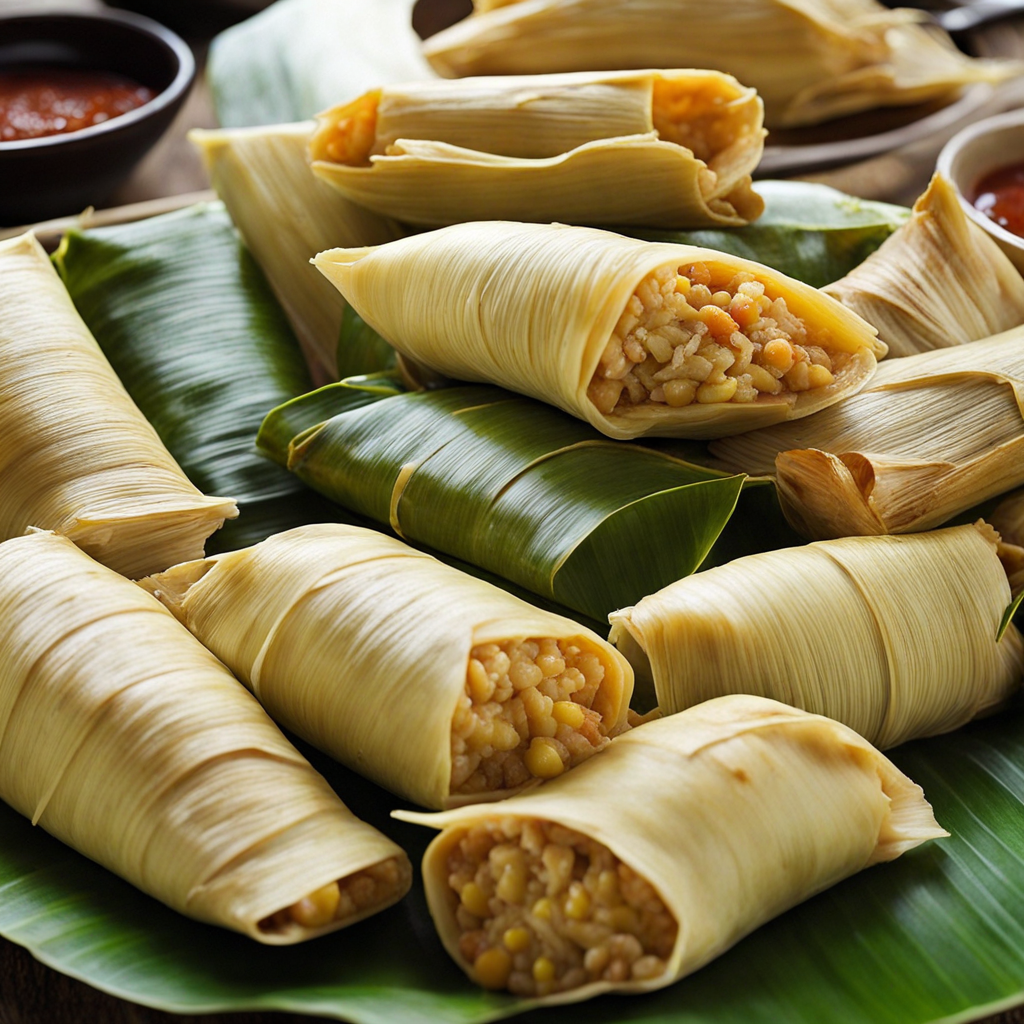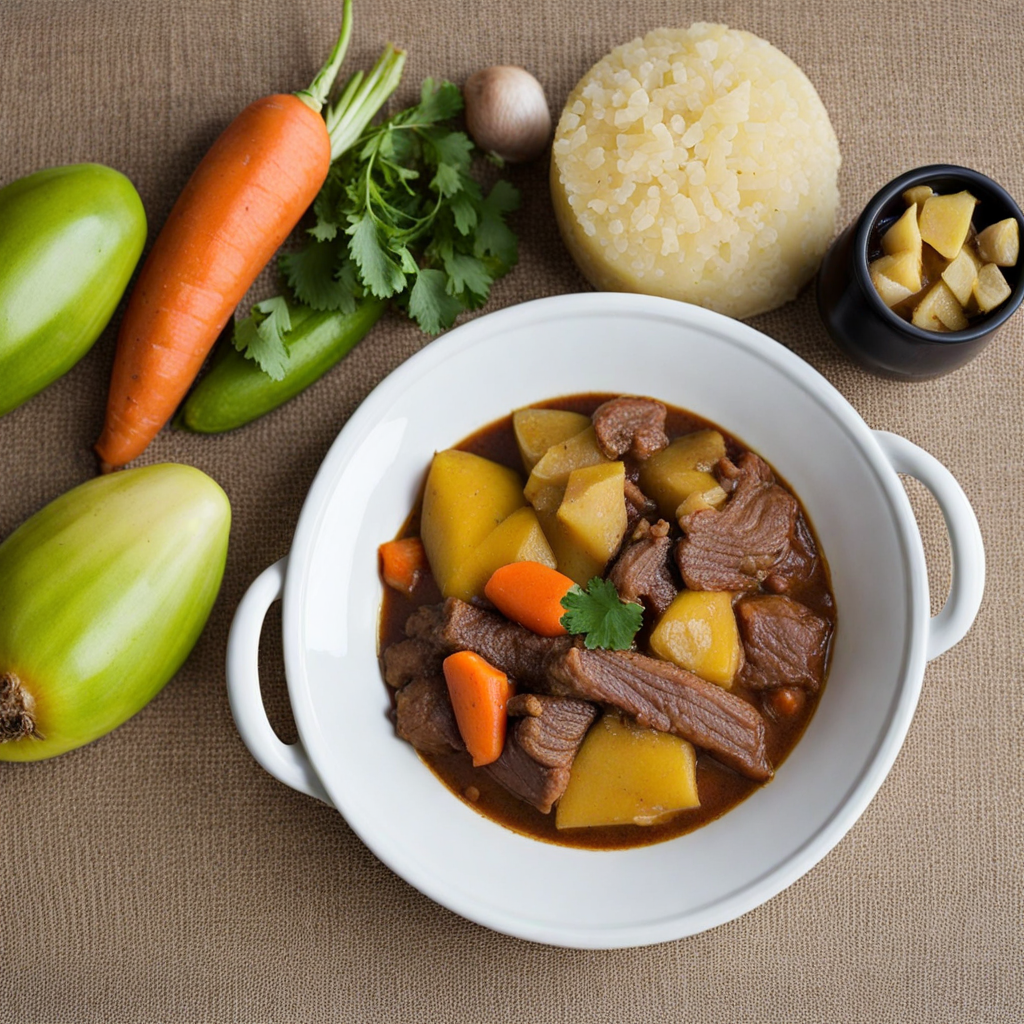Miel de Coco
Miel de Coco, a delightful treat from Costa Rica, is a unique blend of flavors that captures the essence of tropical indulgence. This sweet delicacy is crafted from the sap of the coconut tree, known as "toddy," which is carefully harvested and then boiled down to create a thick, syrupy texture. The resulting product is a luscious, caramel-like substance that embodies the natural sweetness of coconuts, making it a versatile ingredient in various culinary applications. Its rich, golden hue and silky consistency make it visually appealing as well, enhancing any dish it accompanies.
The taste of Miel de Coco is a harmonious combination of sweetness with subtle hints of nuttiness and floral undertones, reminiscent of the lush landscapes of Costa Rica. It has a complex flavor profile that balances the sweetness with just enough acidity, making it an excellent addition to both sweet and savory dishes. Whether drizzled over fresh fruits, used as a topping for pancakes, or incorporated into desserts, Miel de Coco adds a tropical flair that transports your taste buds to a sun-soaked paradise.
How It Became This Dish
Miel de Coco: A Sweet Symphony of Costa Rican Tradition #### Origins: The Birth of Miel de Coco Miel de Coco, or coconut honey, is a traditional Costa Rican delicacy that encapsulates the essence of the region’s natural bounty and agricultural heritage. The dish is created by simmering grated coconut with sugar and water to create a thick, syrupy concoction that boasts a rich, sweet flavor profile. While coconut as a food source has a long and varied history throughout tropical regions of the world, Miel de Coco is particularly tied to the coastal areas of Costa Rica, where the climate and soil conditions are ideal for coconut cultivation. Coconuts, known as "cocos" in Spanish, are believed to have originated in the Indo-Malay region before spreading across the tropics. Spanish explorers were instrumental in introducing coconuts to the Americas in the 16th century, and they flourished in the Caribbean and Central America. In Costa Rica, coconuts became an integral part of local diets, used in a variety of dishes, sweets, and beverages. The art of making Miel de Coco likely evolved from the indigenous practices of using coconut for sustenance, coupled with the influences of Spanish colonialism. The indigenous people had long utilized coconut not only as food but also for medicinal purposes, and the arrival of European settlers introduced sugar, a new ingredient that would transform traditional recipes. This fusion of indigenous and colonial influences resulted in the delightful creation of Miel de Coco, showcasing the regional affinity for sweets and the importance of coconuts in everyday culinary practices. #### Cultural Significance: A Taste of Tradition Miel de Coco holds a special place in Costa Rican culture, often associated with celebrations, family gatherings, and traditional holiday festivities. It is not just a dessert; it is a symbol of the Costa Rican ethos of "pura vida," a term that encapsulates the local philosophy of enjoying life and appreciating the simple pleasures. This sweet treat is frequently made during special occasions, particularly during Christmas, when families come together to prepare traditional dishes. In Costa Rican households, the making of Miel de Coco is often a communal activity, where family members gather to grate coconuts, mix ingredients, and share stories. This process fosters a sense of unity and connection, passing down culinary skills and cultural history from one generation to the next. The treat is frequently enjoyed with other traditional foods, such as tamales and empanadas, creating a delightful symphony of flavors that reflect the richness of Costa Rican cuisine. Moreover, Miel de Coco has found its way into local markets, where vendors sell it alongside other artisanal products. Its popularity among both locals and tourists has contributed to its status as an emblem of Costa Rican gastronomy. Visitors to the country often seek out Miel de Coco as a souvenir, drawn to its unique flavor and the stories that accompany it. #### Development Over Time: From Tradition to Modernity As with many traditional foods, Miel de Coco has undergone various transformations over the years. Initially, the preparation of Miel de Coco relied heavily on artisanal techniques, with families using traditional tools such as grater boards and clay pots to produce the sweet treat. However, as Costa Rica modernized, so too did the methods of making Miel de Coco. The introduction of modern kitchen appliances has made the preparation of Miel de Coco more accessible to a wider audience. Electric graters, food processors, and even commercial cooking equipment have streamlined the process, allowing for larger batches to be made quickly. This modernization has not diminished the dish's cultural significance; rather, it has ensured that Miel de Coco remains a beloved staple in Costa Rican homes, adapting to contemporary lifestyles while retaining its traditional roots. In recent years, there has been a growing movement towards sustainable and organic food practices, which has influenced the production of Miel de Coco. Many producers now source their coconuts from local, sustainable farms, ensuring that the environmental impact of coconut harvesting is minimized. This shift not only helps preserve the local ecosystem but also supports small-scale farmers and promotes economic development in rural communities. Furthermore, the global interest in health and wellness has led to an increased appreciation for Miel de Coco as a natural sweetener. Unlike refined sugars, coconut honey is often viewed as a healthier alternative, with its natural fats and nutrients derived from coconut. As a result, Miel de Coco is increasingly used in health-conscious recipes, from energy bars to smoothies, allowing it to reach a broader audience beyond traditional settings. #### Conclusion: The Enduring Legacy of Miel de Coco Today, Miel de Coco stands as a testament to Costa Rica's rich culinary heritage and the resilience of its cultural practices. It captures the essence of the country's natural resources, traditional methods, and communal values, all while embracing modern adaptations that make it relevant in today's food landscape. Whether enjoyed as a sweet topping for pancakes, a filling for pastries, or simply savored by the spoonful, Miel de Coco continues to delight palates and evoke cherished memories for both locals and visitors alike. As Costa Rica navigates the complexities of globalization and modernization, the story of Miel de Coco serves as a reminder of the importance of preserving culinary traditions. It embodies the spirit of "pura vida," inviting everyone to savor the sweetness of life, one delicious bite at a time. With each taste of Miel de Coco, one experiences not just a flavor, but a connection to the heart and soul of Costa Rican culture, a sweet legacy that will undoubtedly endure for generations to come.
You may like
Discover local flavors from Costa Rica


